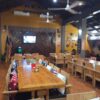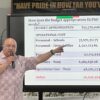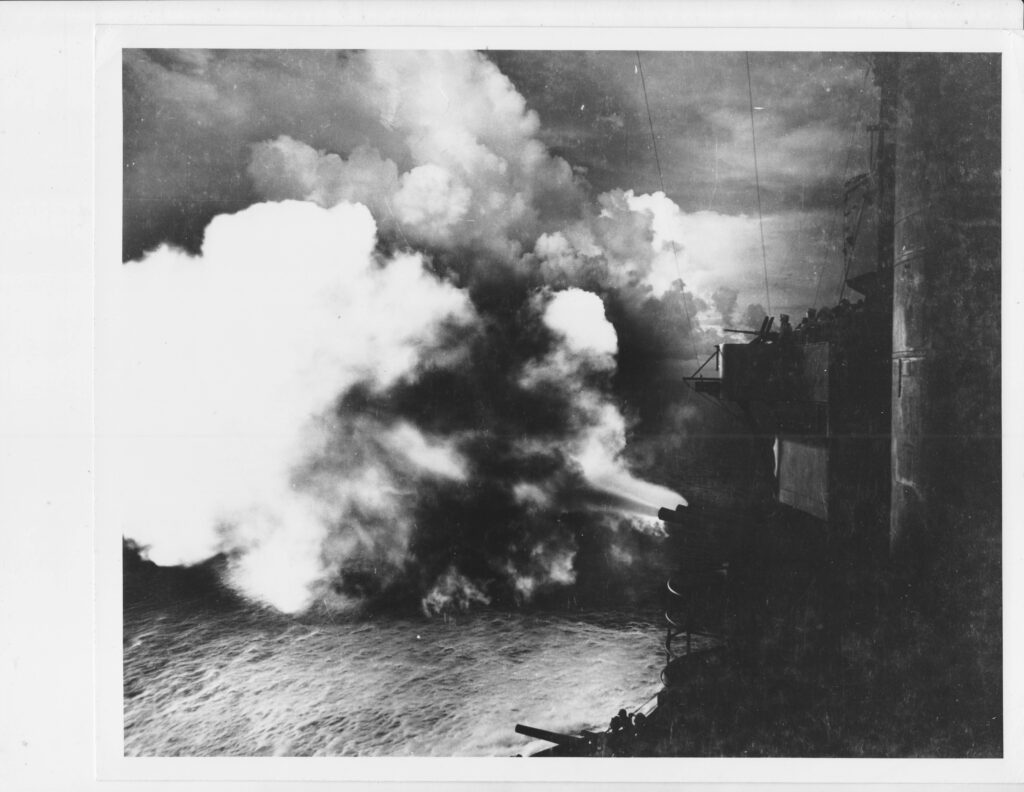EIGHTY years ago today, Tuesday, June 11, 1944, all hell broke loose in the Mariana Islands.
Out of the eastern sky came 225 fighter-bomber aircraft launched from Vice-Admiral Mark Mitscher’s fast carrier fleet at 1:00 p.m., some 200 miles from the Mariana Islands. The attack had been scheduled for the morning of June 12, but the fleet was discovered by Japanese patrol planes during the morning of June 11. Mitscher immediately changed plans and launched his aircraft, sending them to attack airfields in each of the Mariana Islands.
The orders from Admiral Nimitz required Mitscher to establish absolute air superiority over the Mariana Islands before the Marines and their Seabees landed on Saipan, June 15, and Guam on June 18. Admiral Spruance, who would command the fleet throughout Operation Forager, did not want Japanese aircraft to sink one of his ships during the invasion. What he did want was the destruction of any facilities that might aid the Japanese during the battle.
Before the day was out, the American F6F Hellcats, Curtiss SB2C Helldivers, and Grumman TBM Avengers destroyed 150 Japanese aircraft on Guam, Rota, Tinian, Saipan, and Pagan.
The attack came as a complete surprise to the Chamorros, Carolinians, Japanese, Okinawan, and Korean civilians living in the Northern Mariana Islands. Although the primary targets were airfields and aircraft, Mitscher had also ordered them to sink any ships in harbors and destroy communications antennae, as well as airbases and harbor facilities. People ran for their lives as the American aircraft came in low, strafing targets of opportunity. Unfortunately, an unknown number of civilians were killed that day on Saipan, Tinian, Rota, and Guam. There was no place to hide from the American aircraft.
“The Scheme of Maneuver for Forager called for landing first on Saipan on 15 June 1944,” with the 2nd and 4th Marine Divisions landing north and south of Sugar Dock in Chalan Kanoa village. “The landing on Guam tentatively, and hopefully, set for 18 June,” was to be accomplished by two simultaneous assault landings with the 3rd Marine Division landing at Asan village and the 1st Provisional Marine Brigade landing at Agat. The Southern Attack Force was to arrive about 80 miles east of Guam on June 16th (Dyer, Vice Admiral Goege Caroll. The Amphibians Came to Conquer, U.S. Government Printing Office, Washington, D.C., p. 899).
On June 12, Admiral Harrill’s Task Group 58.4 discovered a convoy of twelve cargo and passenger vessels 160 miles NNW of Saipan. They had run for home as soon as they could get underway. Harrill’s aircraft destroyed the fleet, including sinking one vessel carrying Japanese passengers. Meanwhile, Mitscher’s aircraft destroyed another 124 Japanese planes and sank or damaged 20 ships that were either at the islands or attempting to escape. Late that evening, Admiral Spruance received his first message from an American submarine in the Sulu Sea suggesting that the Japanese fleet was coming out to defend Saipan and Guam (Farrell, Seabees and Superforts at War, pages 131-132).
By now, both the military and civilian populations in the Mariana Islands recognized that this was not simply another raid. This was the real deal. The Americans had come to capture the islands. The Japanese frantically attempted last-minute preparations. However, with the sky filled with planes displaying the American flag, and none with the Japanese sun on their wings, there was little they could accomplish. Then, on the afternoon of June 13, Vice Admiral Willis Augustus “Ching” Lee arrived with seven new fast battleships and proudly threw hundreds of tons of shells at Saipan.
Then, early on the morning of June 14, Admiral Jesse Oldendorf arrived off Saipan with America’s old battle fleet, several of which had been recovered from the bottom of Pearl Harbor. The battleships Tennessee, California, Maryland, and Colorado, armed with 14-inch and 16-inch guns, took pleasure in being in action again. Admiral Nagumo awoke to the “Ghosts of Pearl Harbor” shooting at him. They came seeking revenge.
Late on the evening of June 14, amidst the cacophony of the massive bombardment from the air and the sea, the ships carrying the 2nd and 4th Marine Divisions began arriving off Saipan. U.S. Navy planners had estimated the Japanese troop strength on Saipan at about 20,000. With the American landing force numbering about 57,000, they were close to the 3:1 ratio acceptable for the invasion. In actuality, the Japanese had about 31,629 troops on Saipan. This would force Admiral Spruance postpone the invasion of Guam.
Guam had been bombarded by Mitscher’s planes on June 11-12. “On July 12, four Chamorros, including Father Duenas, a Catholic priest in Inarajan, were executed by some Kaikontai leaders…. The murder of Father Duenas, the symbol of the Chamorro social unity, served as the Japanese military’s strongest warning to breeches of faith (Higuchi, Wakako, The Japanese Administration of Guam, 1941-1944. London: McFarland. 2013, 58).”
Unfortunately, many of the veteran Japanese soldiers from the Kwantung Army had also lost their faith in the rising sun. The atrocities committed by Japanese soldiers against the Chamorros during the five weeks after Spruance delayed the invasion of Guam were almost unspeakable.
Guam had only been bombarded once, on June 16. Admiral “Close in Connolly” moved close into Guam and began the systematic destruction of all buildings on the west coast. “By June 20 all Japanese planes based there had been destroyed, and the airfields were unusable (Morrison, Samuel Eliot. New Guinea and the Marianas, Boston: Little, Brown and Co.,1968 edition, p. 377).” Many Chamorro men were beheaded after helping move guns and ammunition to the new defensive positions. Many Chamorro women were raped. All the Chamorros on Guam could do was pray for the Marines to land quickly and kill all the Japanese soldiers.
A Tinian resident, Don A. Farrell is an educator, historian and author of several books about the Northern Marianas, Guam and World War II.
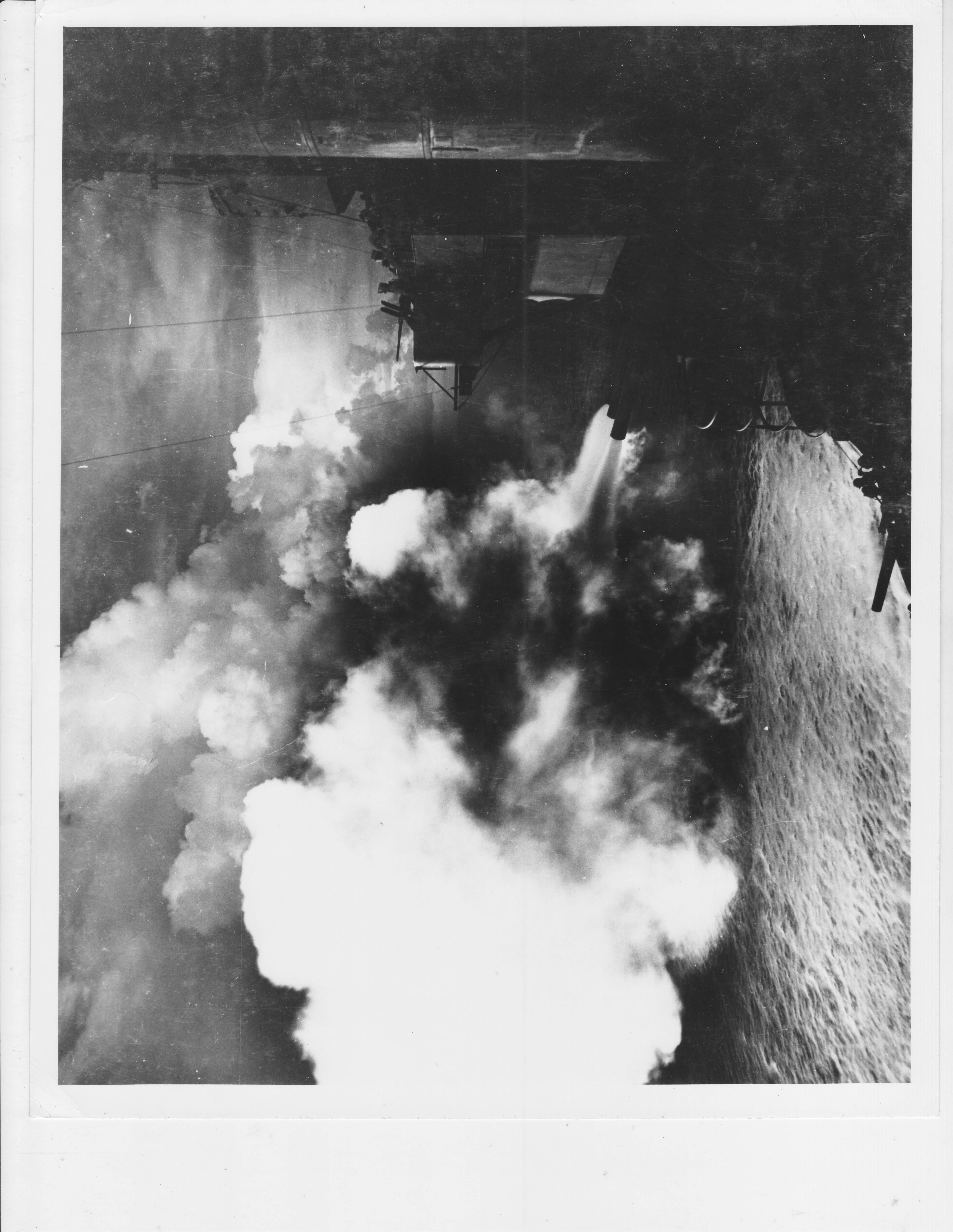
The USS New Mexico in action.
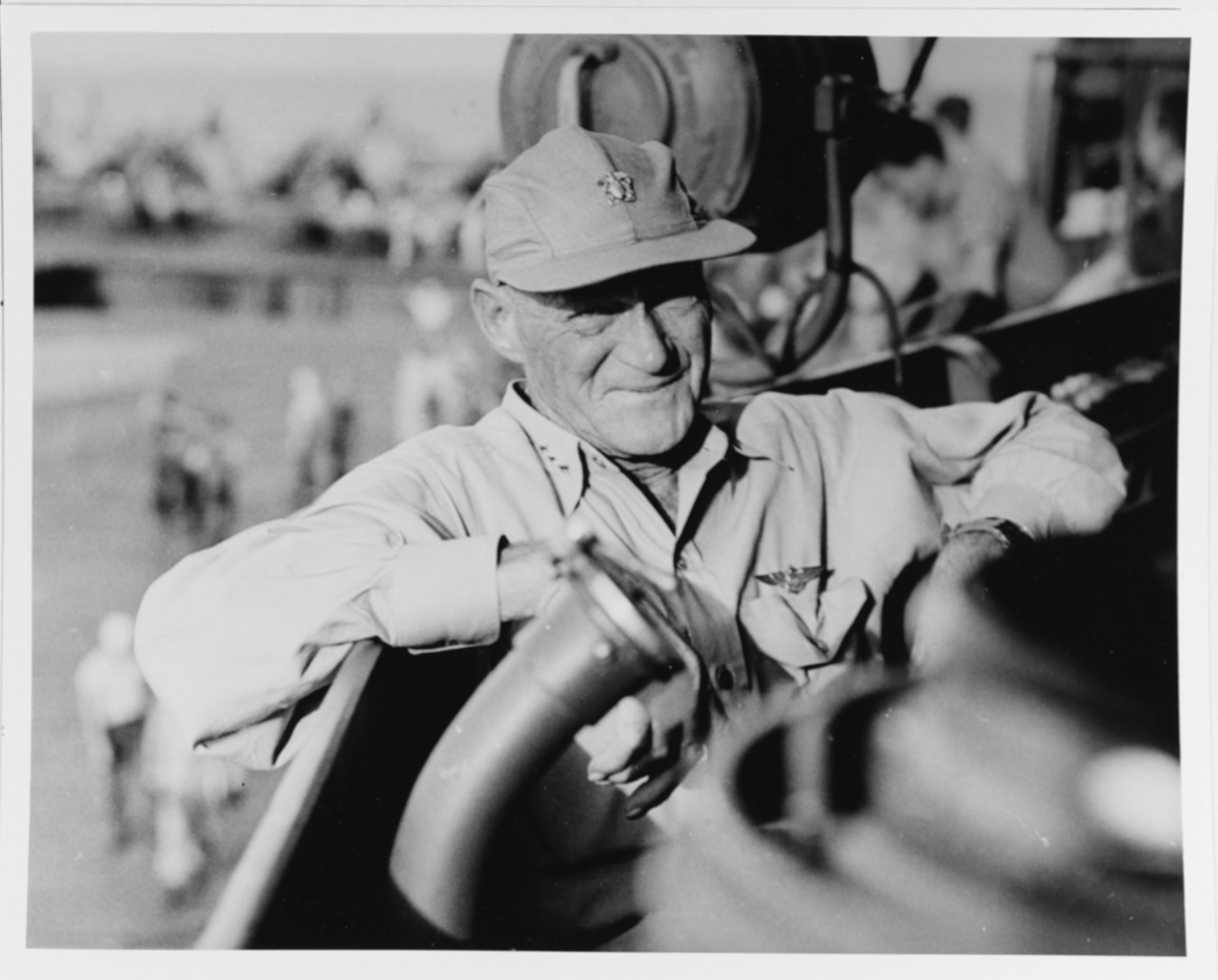
Admiral Mitscher

SB2C Helldiver
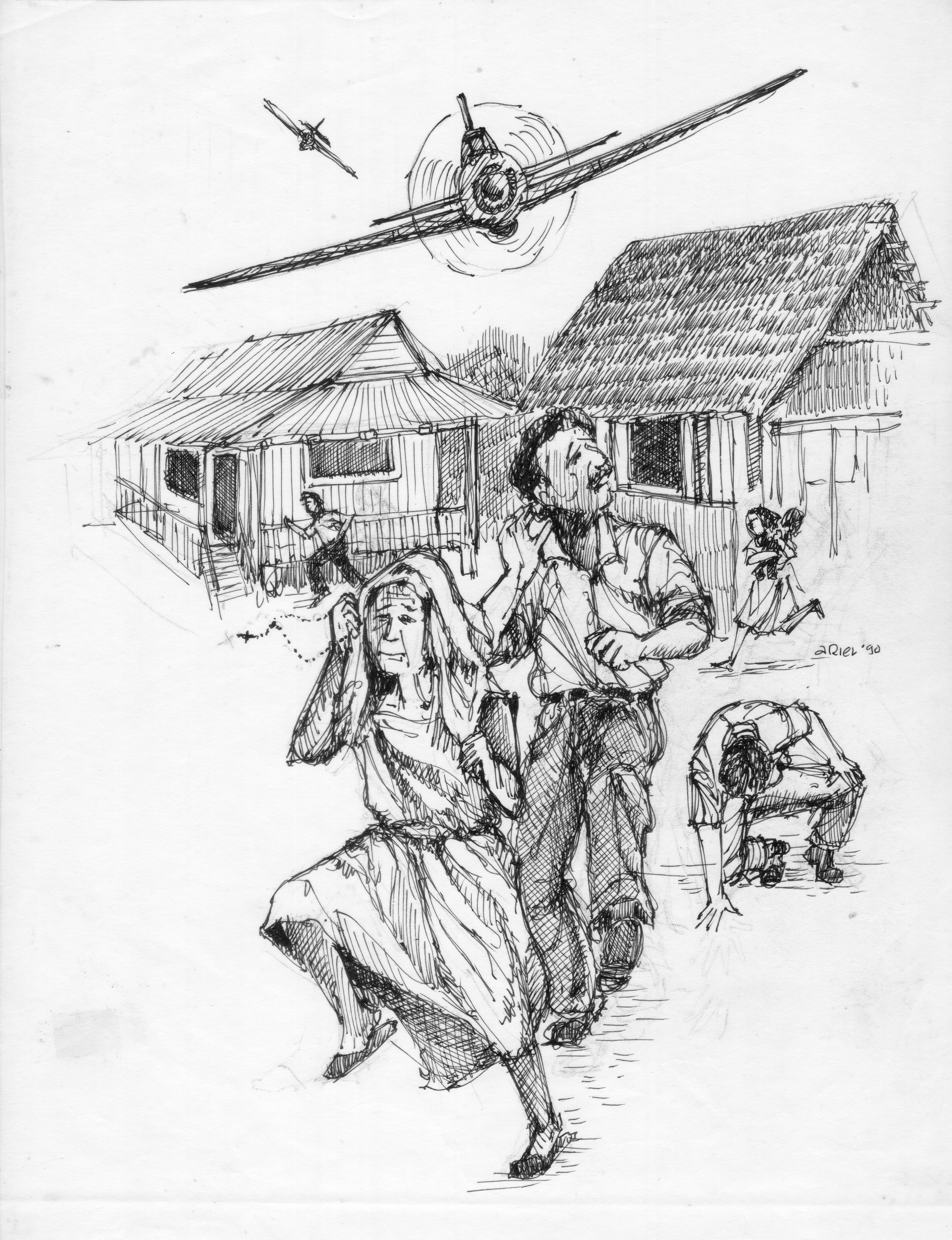
Zeros attack village.





